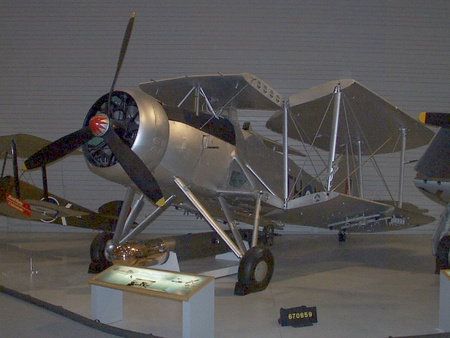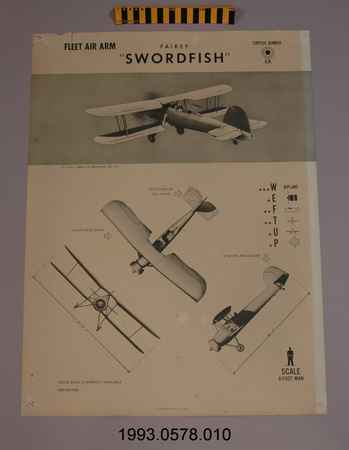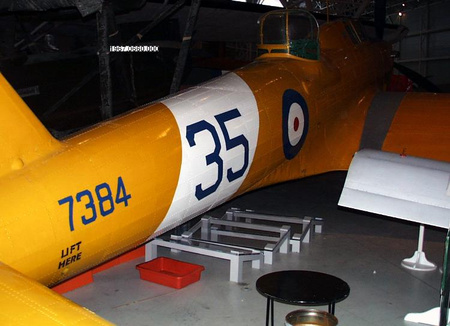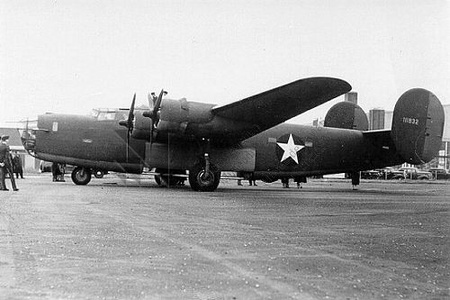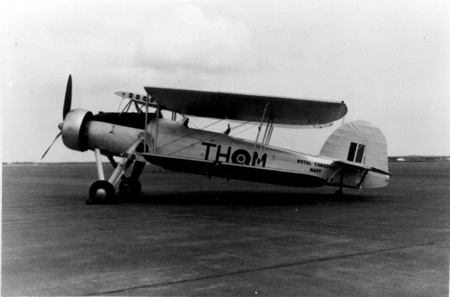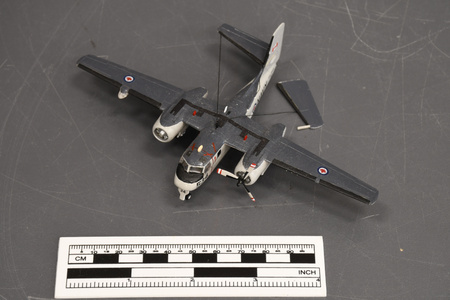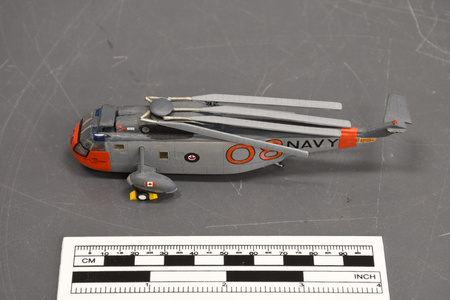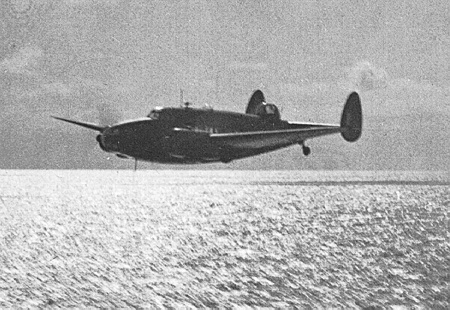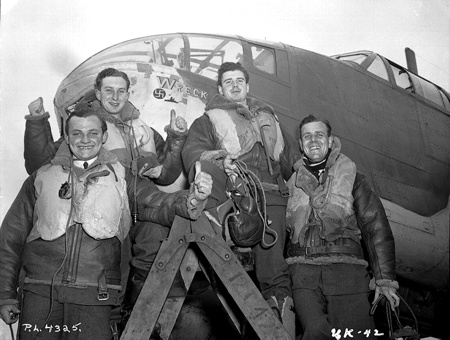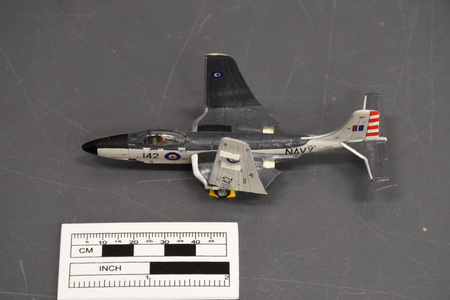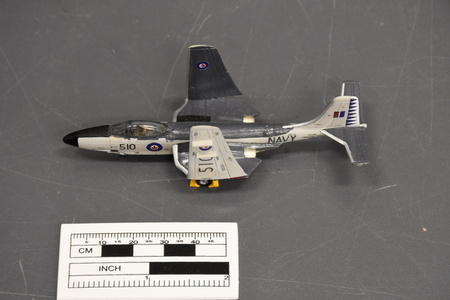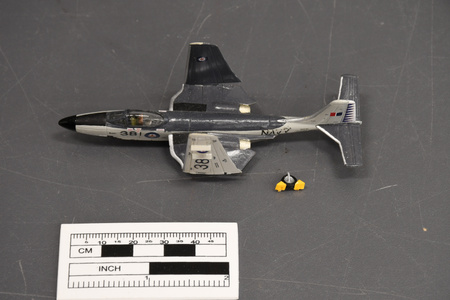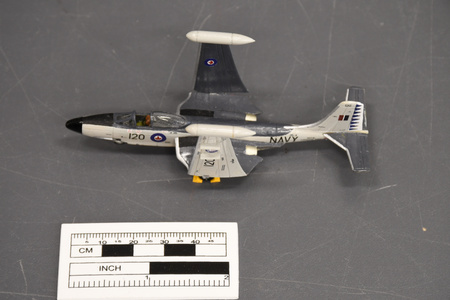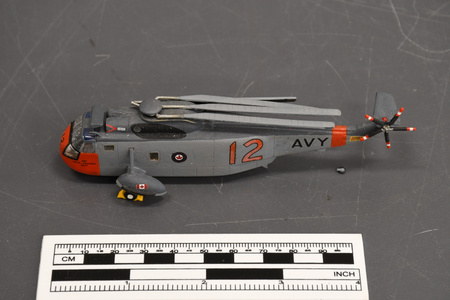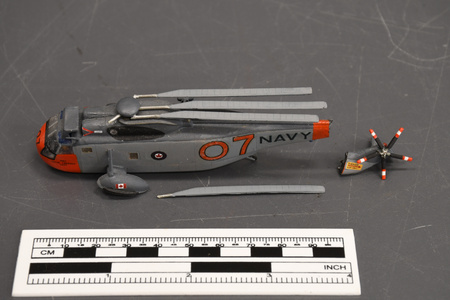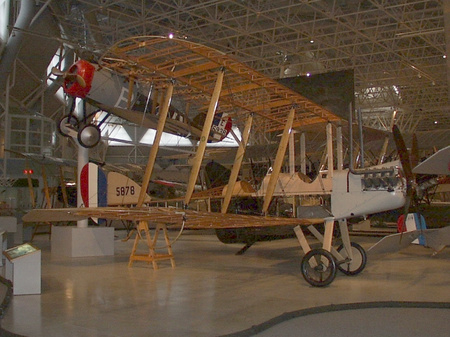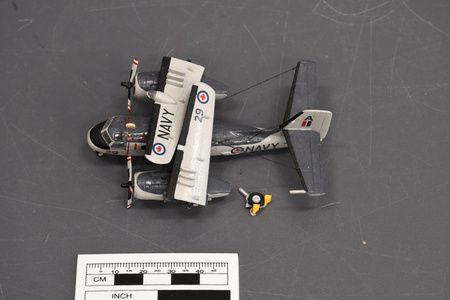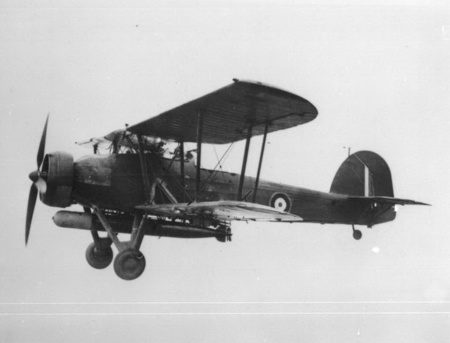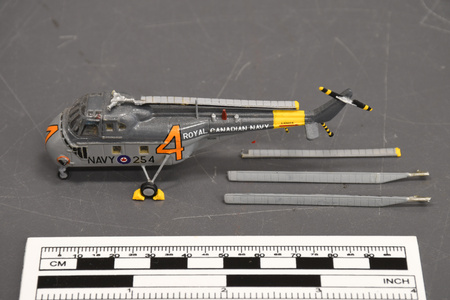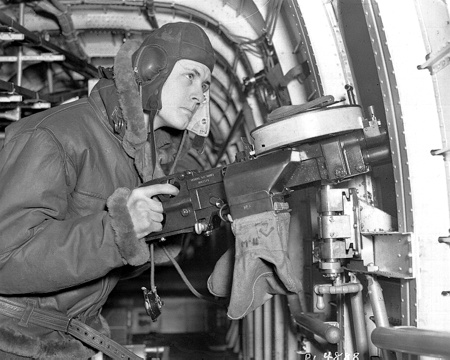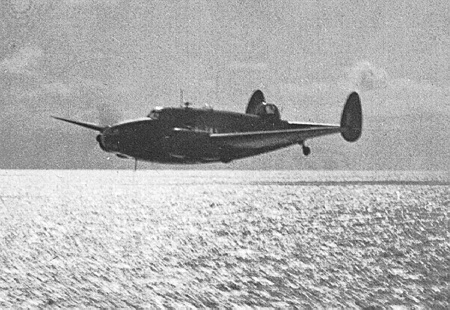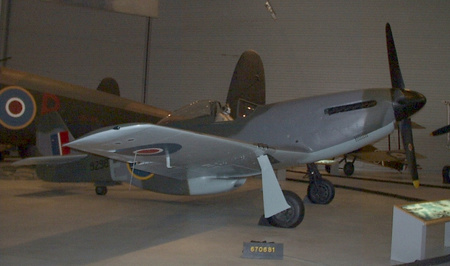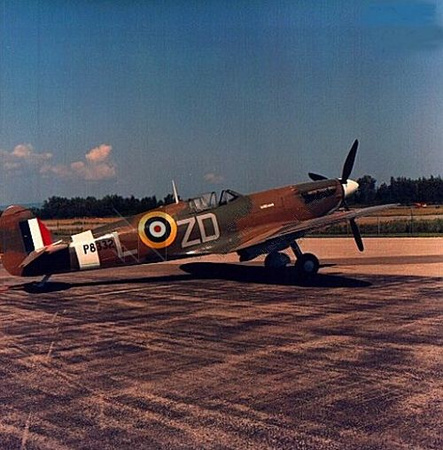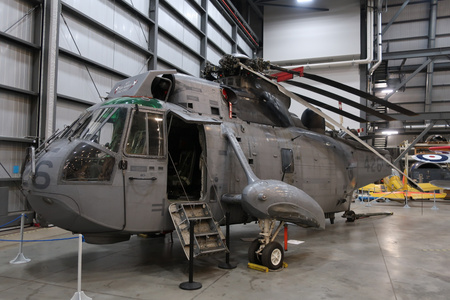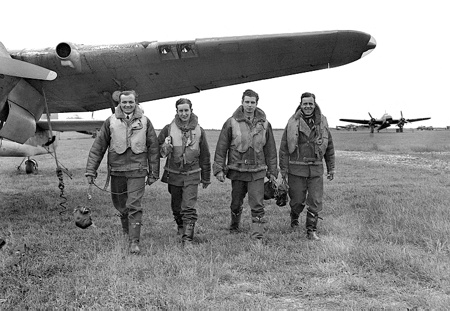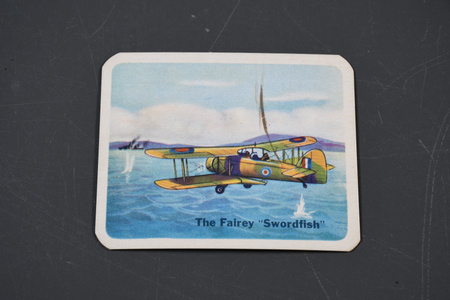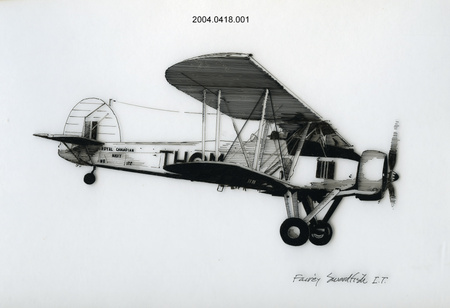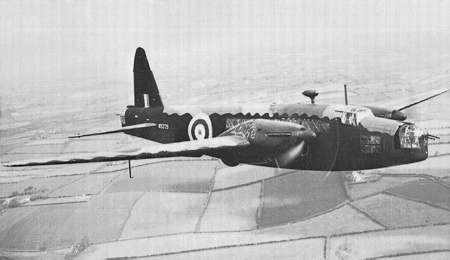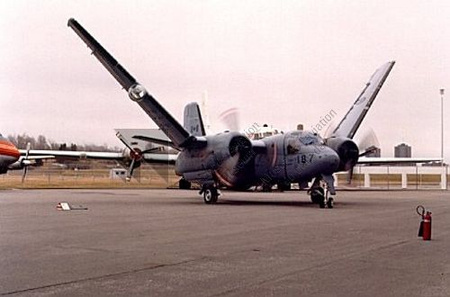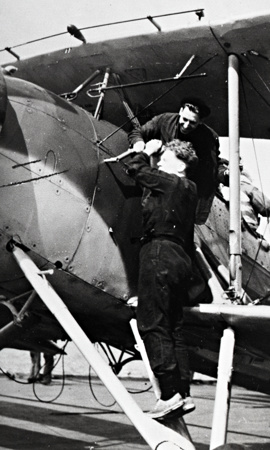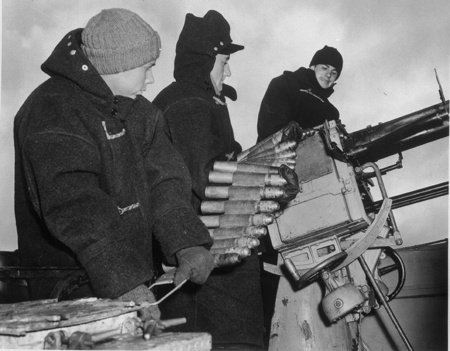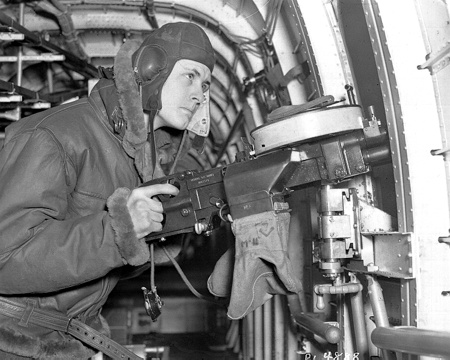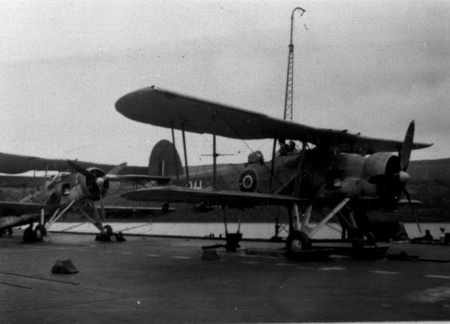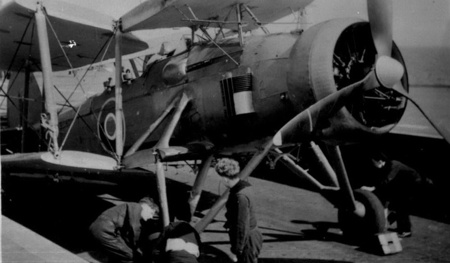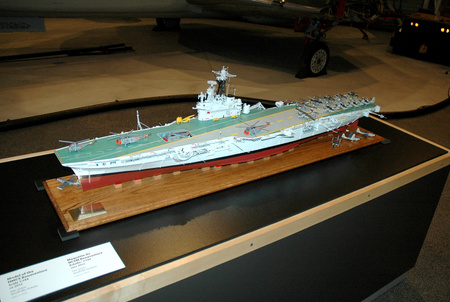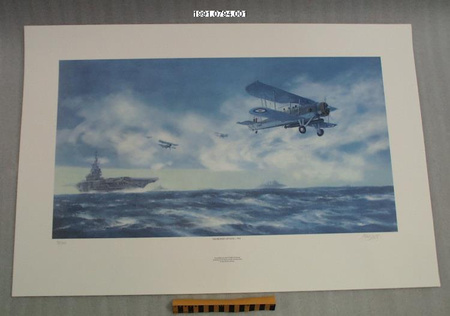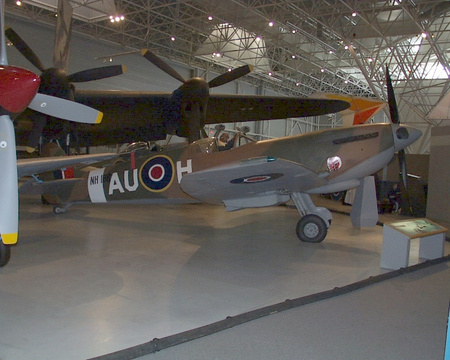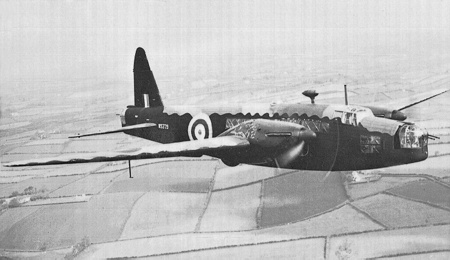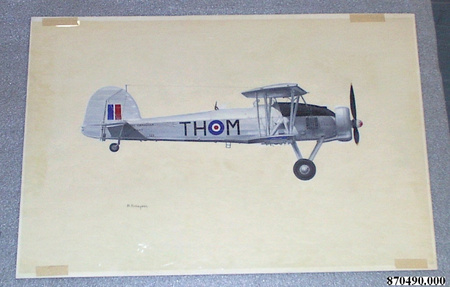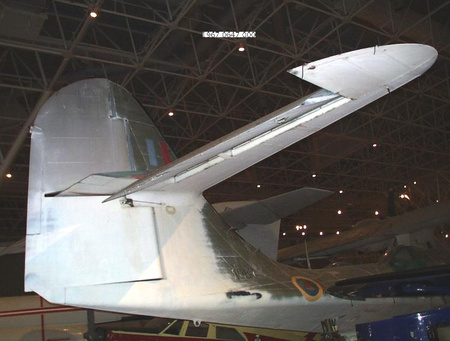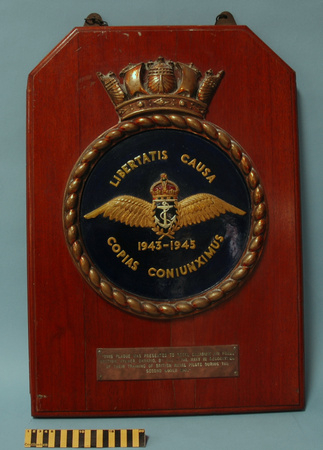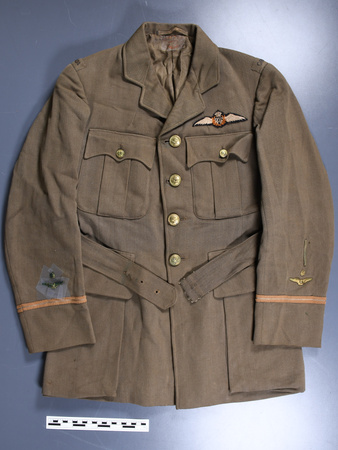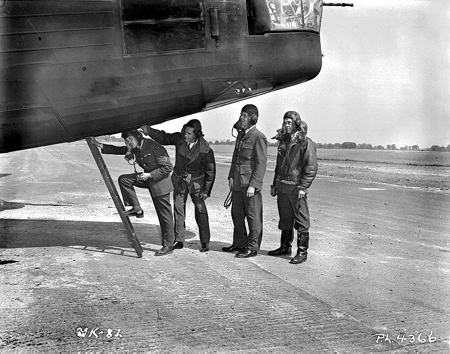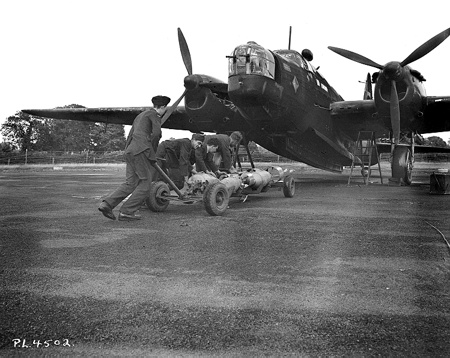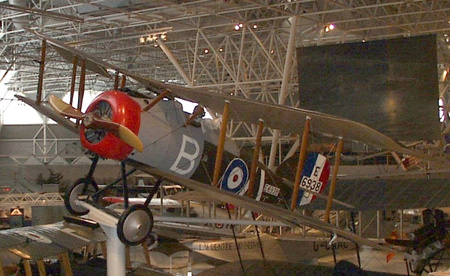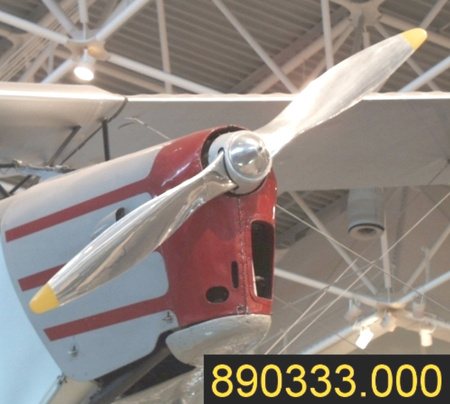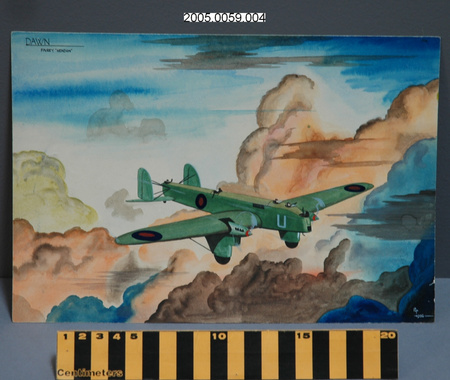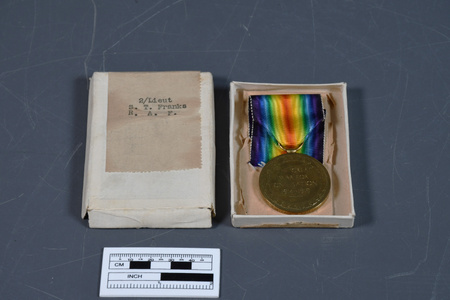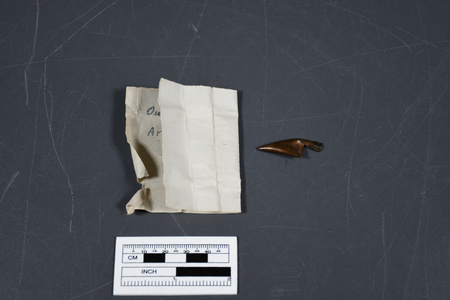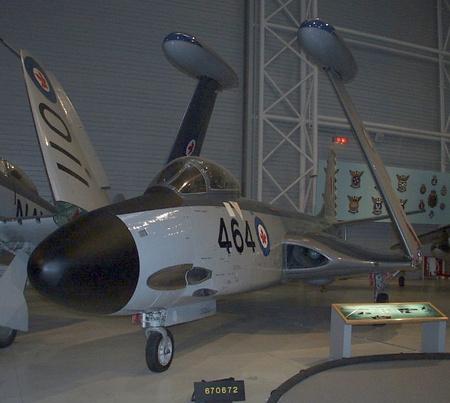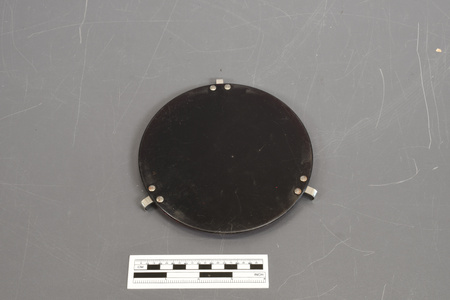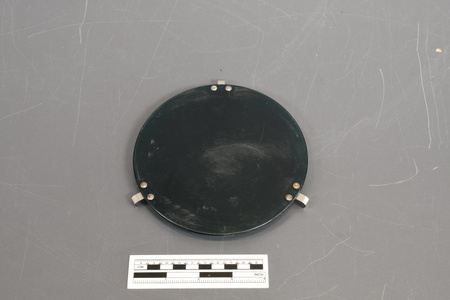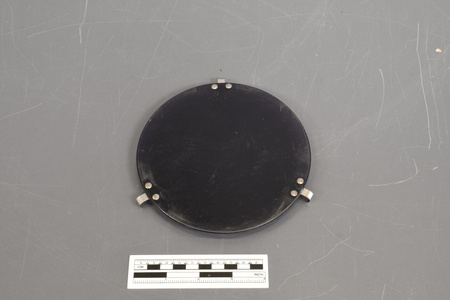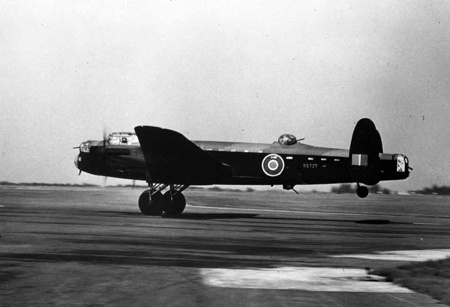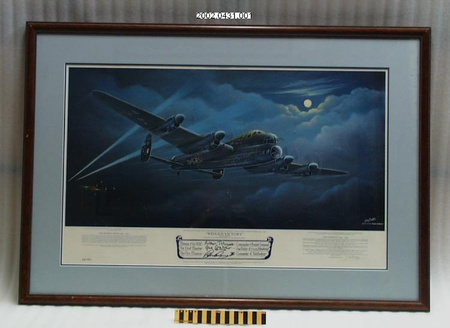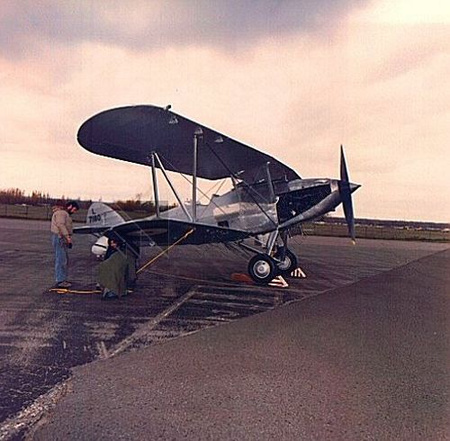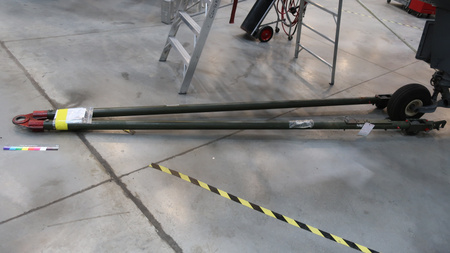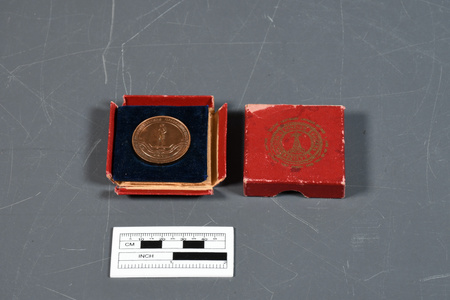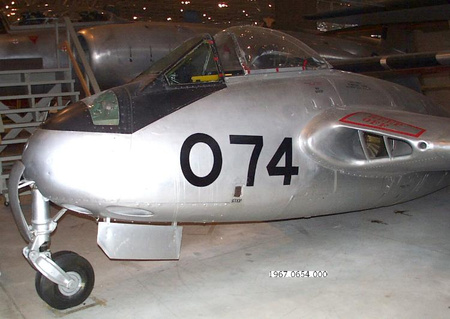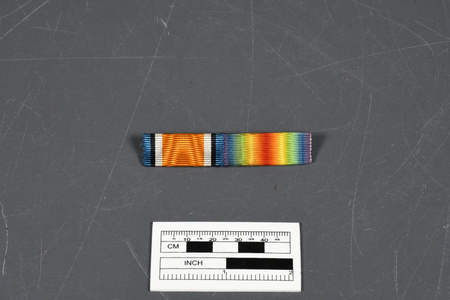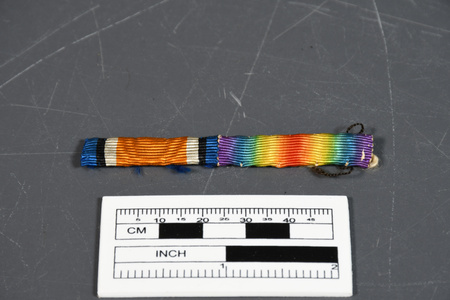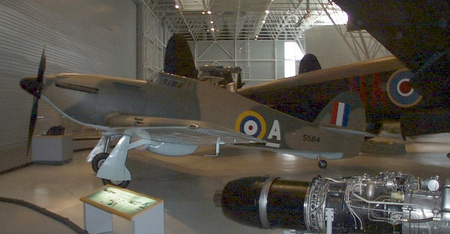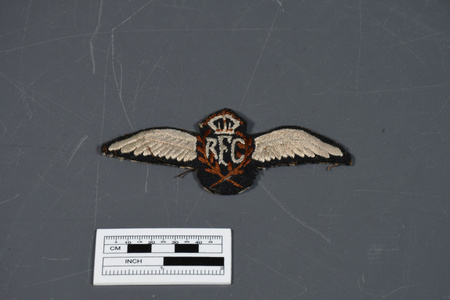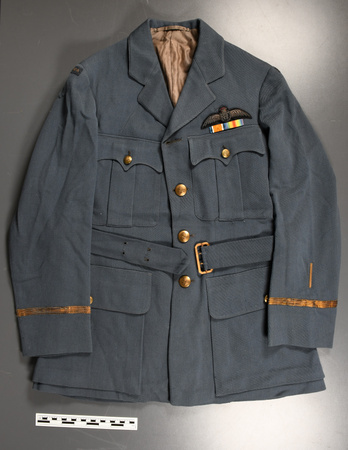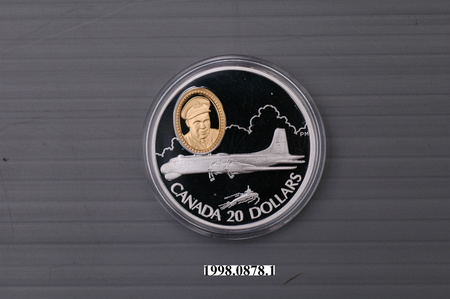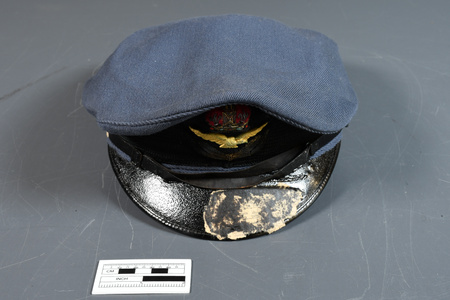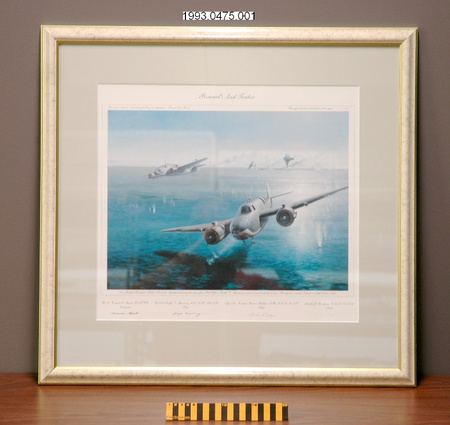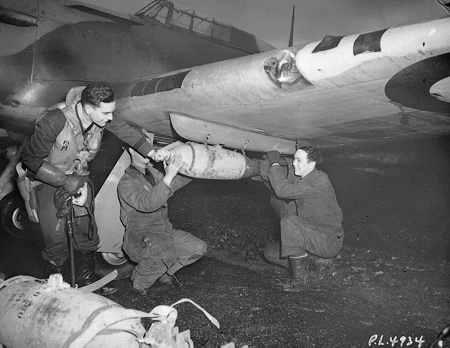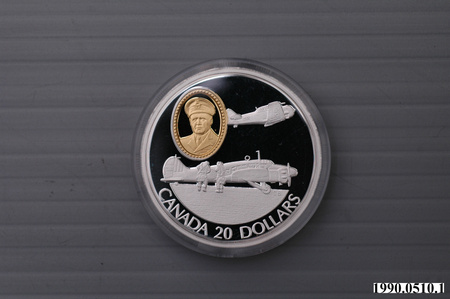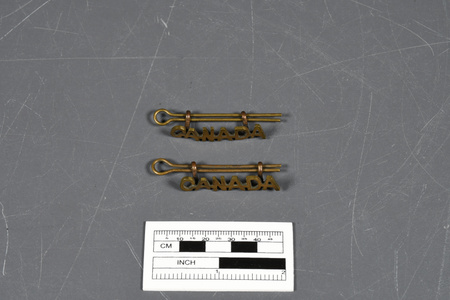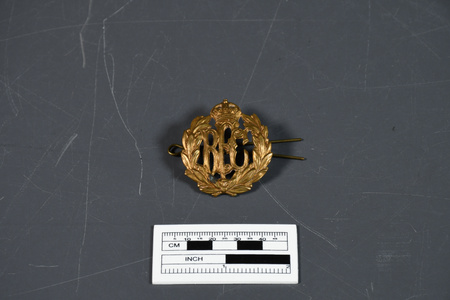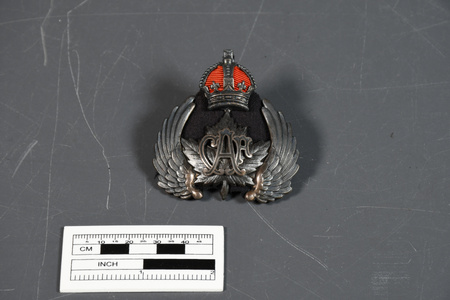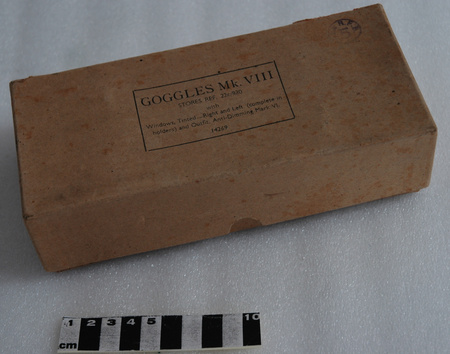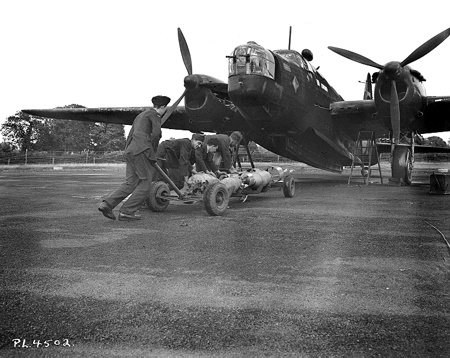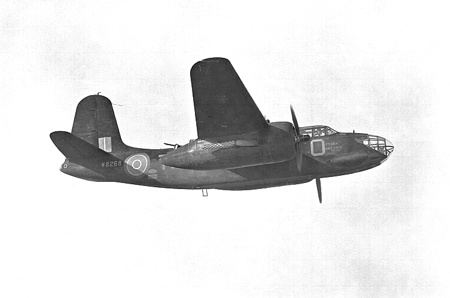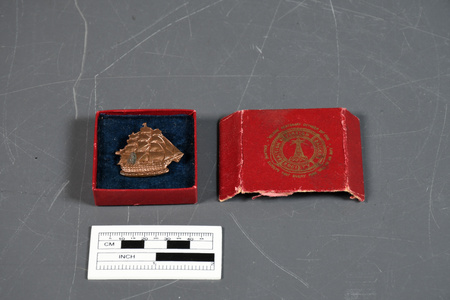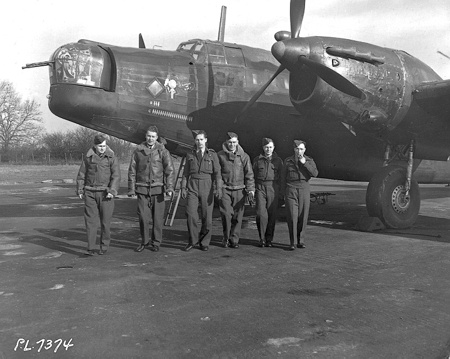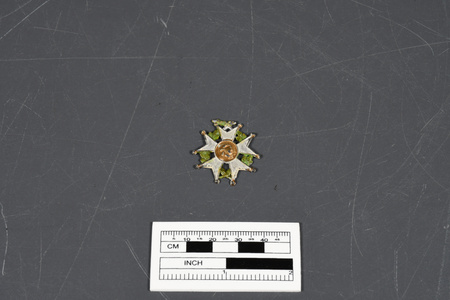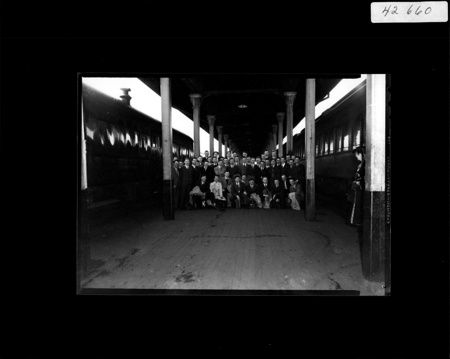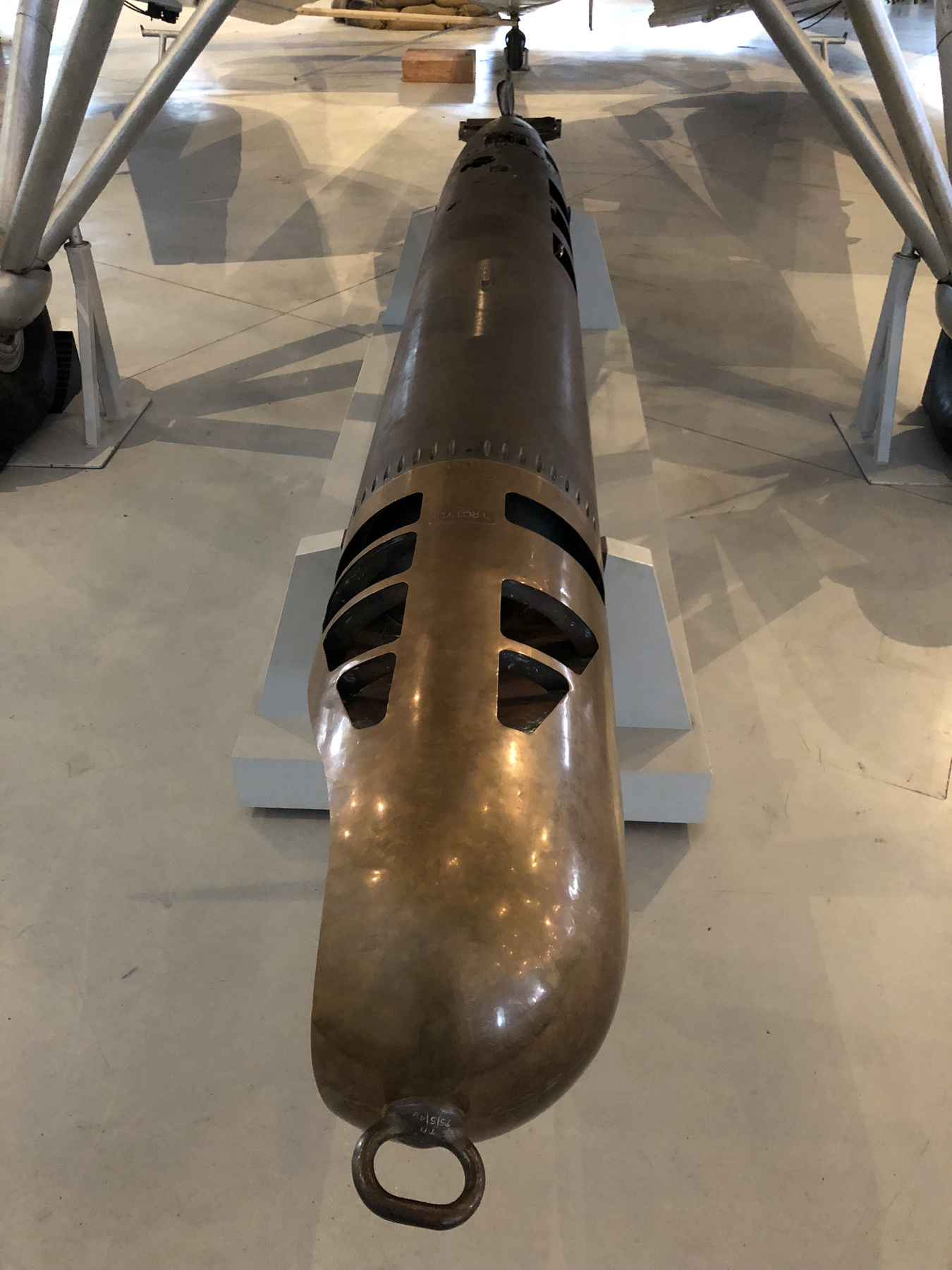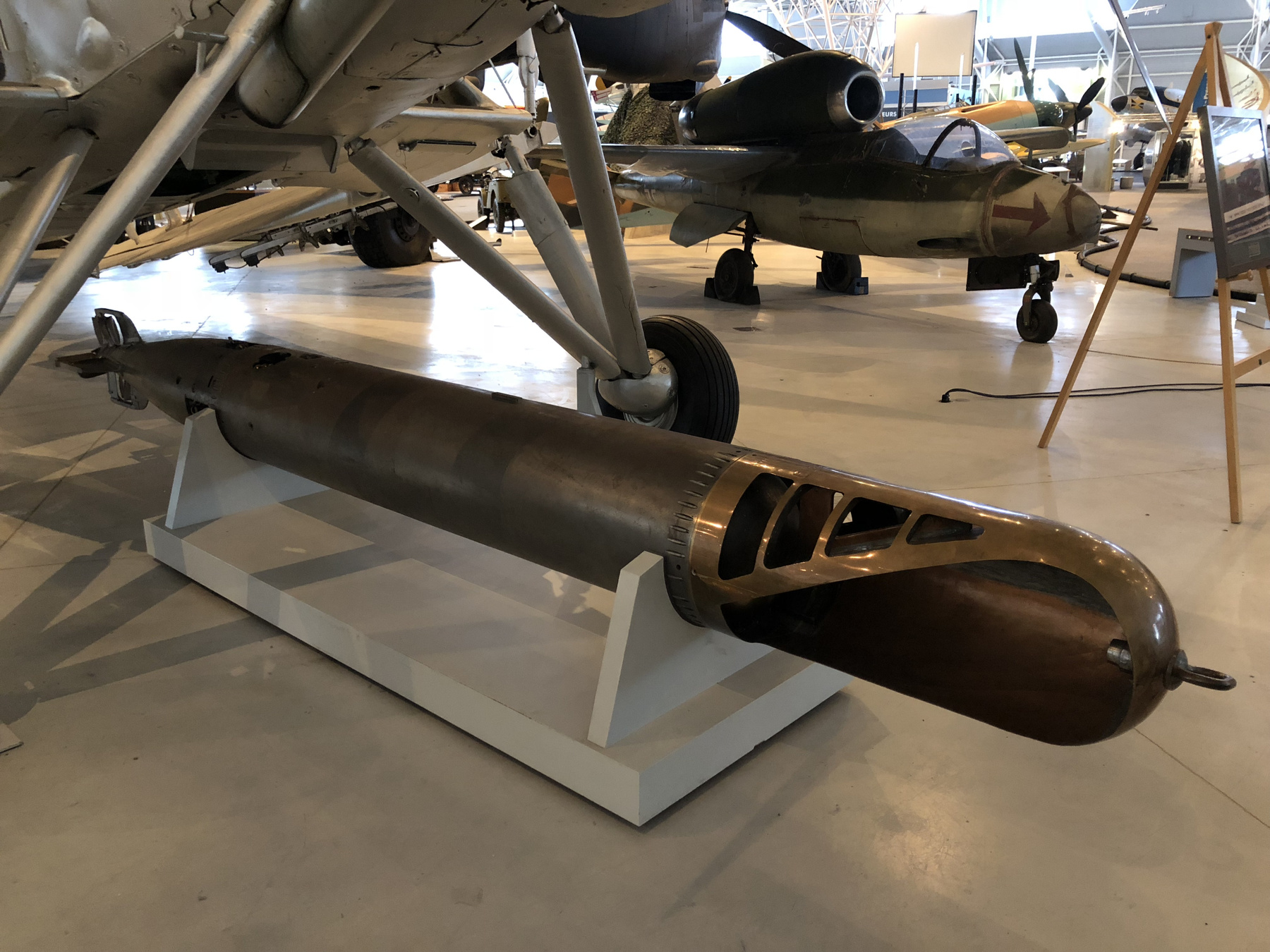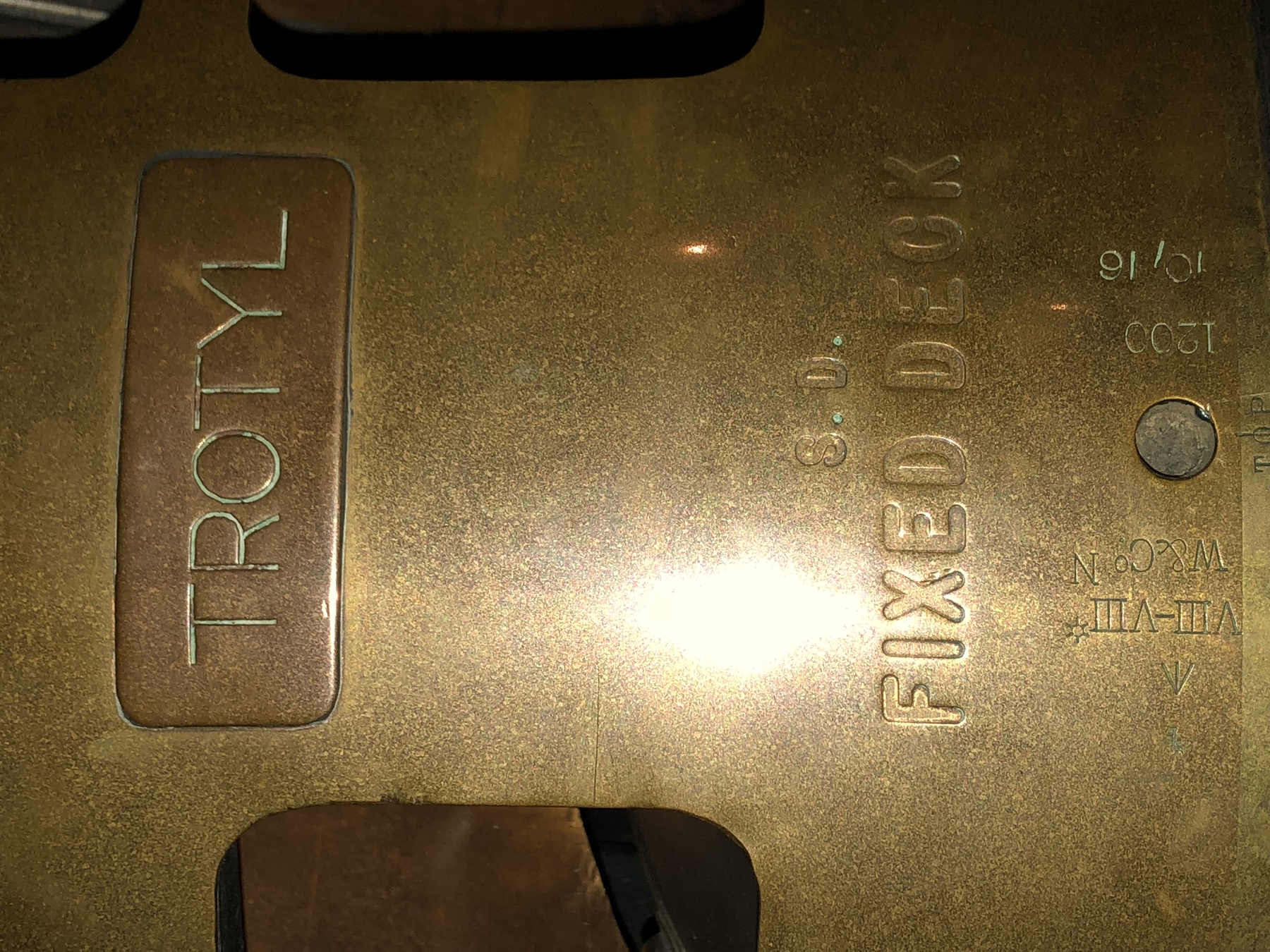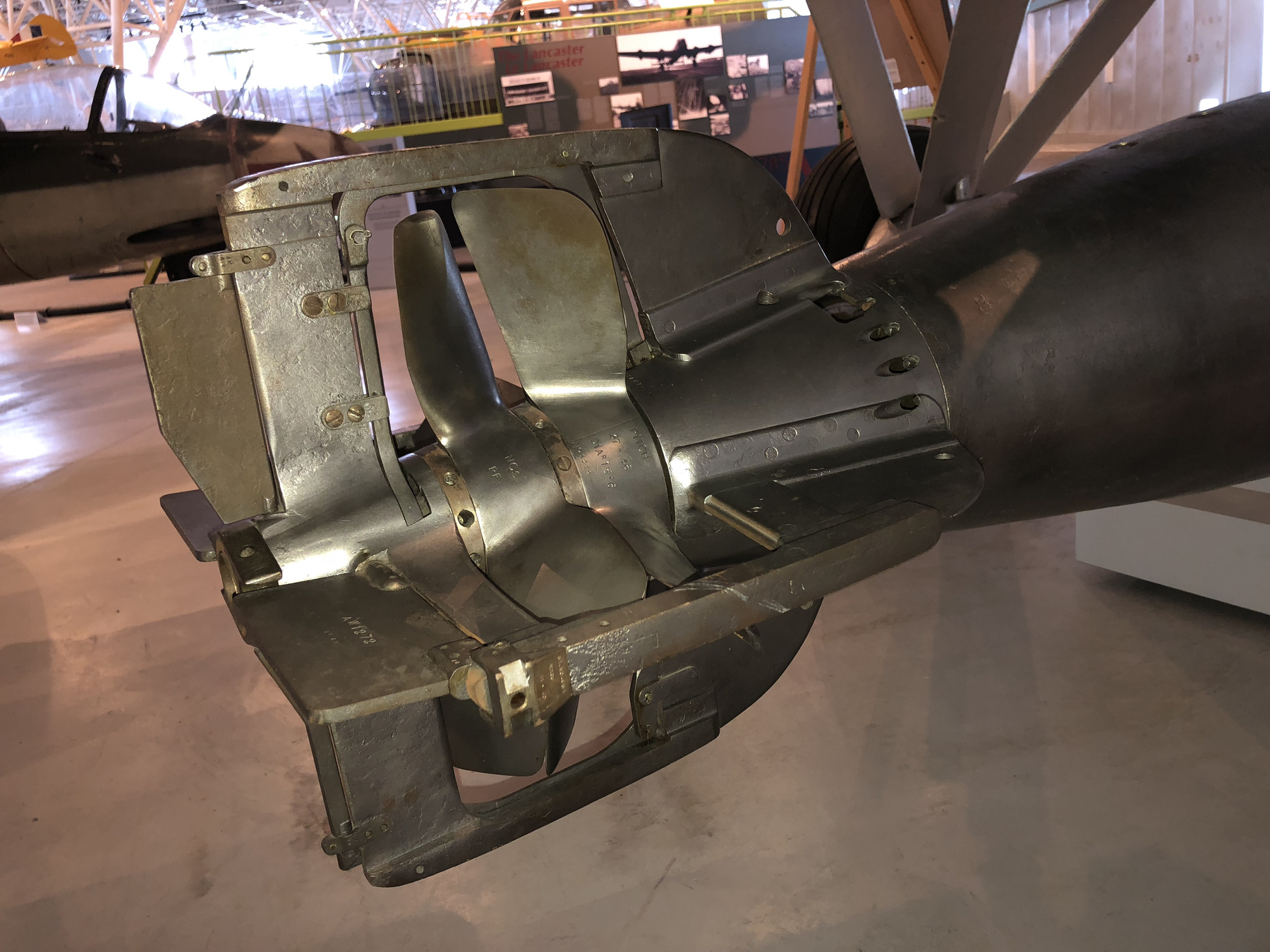Torpedo
Use this image
Can I reuse this image without permission? Yes
Object images on the Ingenium Collection’s portal have the following Creative Commons license:
Copyright Ingenium / CC BY-NC-ND (Attribution-NonCommercial 4.0 International (CC BY-NC 4.0)
ATTRIBUTE THIS IMAGE
Ingenium,
1966.1059.001
Permalink:
Ingenium is releasing this image under the Creative Commons licensing framework, and encourages downloading and reuse for non-commercial purposes. Please acknowledge Ingenium and cite the artifact number.
DOWNLOAD IMAGEPURCHASE THIS IMAGE
This image is free for non-commercial use.
For commercial use, please consult our Reproduction Fees and contact us to purchase the image.
- OBJECT TYPE
- N/A
- DATE
- 1916–1944
- ARTIFACT NUMBER
- 1966.1059.001
- MANUFACTURER
- Unknown
- MODEL
- Mark VIII/VIII* and Mark XV
- LOCATION
- Unknown
More Information
General Information
- Serial #
- N/A
- Part Number
- 1
- Total Parts
- 1
- AKA
- N/A
- Patents
- N/A
- General Description
- Mix metals and brass
Dimensions
Note: These reflect the general size for storage and are not necessarily representative of the object's true dimensions.
- Length
- N/A
- Width
- N/A
- Height
- N/A
- Thickness
- N/A
- Weight
- N/A
- Diameter
- N/A
- Volume
- N/A
Lexicon
- Group
- Aviation
- Category
- Aviation armament
- Sub-Category
- N/A
Manufacturer
- AKA
- Unknown
- Country
- Unknown
- State/Province
- Unknown
- City
- Unknown
Context
- Country
- Unknown
- State/Province
- Unknown
- Period
- Unknown
- Canada
-
Taken from curatorial worksheet: "The standard carrier-based torpedo bomber of the Royal Navy’s Fleet Air Arm at the start of the Second World War was an archaic looking machine called the Fairey Swordfish, a type test flown in 1934. Although obsolete even before the start of the conflict, this robust airplane remained in active service until the end of the war, in 1945. For a good part of the Second World War, Swordfish crews flew from small escort aircraft carriers and battled German submarines in the Atlantic. A number of Canadians served in the Royal Navy’s Fleet Air Arm during the Second World and it is quite possible that one or more of them flew in Swordfish torpedo bombers or anti-submarine airplanes. The main weapon of the Swordfish in its early days was the 18 inch aerial torpedo. The first British air launched torpedo, known as the Mark VIII, entered service during the First World War. It was used by aircraft of the Royal Navy’s Royal Naval Air Service, which was merged with the British Army’s Royal flying Corps, on 1 April 1918, to form the very first independent air force, the Royal Air Force. Several models of air launched torpedoes were developed from the mid-1930s onward. One of these was the Mark XV, introduced around 1942. One could argue that the history of the torpedo on display in the museum began in 1965 with the purchase of the battered remains of a Fairey Swordfish torpedo bomber by the Canadian War Museum (CWM). As restoration of the aircraft progressed, in Dartmouth, Nova Scotia, this institution began to look for a torpedo it could display. The Canadian Forces Liaison Staff in London contacted the Ministry of Defence (Navy). The latter indicated it could not find a complete torpedo. It did, however, point out in April / May 1966 that it could sell a sectioned Mark XV torpedo and the sectioned warhead of a Mark VIII torpedo to the CWM for the sum of $ 300, shipping and handling not included. The latter agreed to pay this modest sum. The Royal Canadian Air Force, in turn, agreed to provide a transport plane. It looks as if these two elements were put together before the flight across the Atlantic, if only because the customs appraisal note, dated November 1966, talked about a sectionalised aerial torpedo. Who actually did the assembly work is unclear. Another little mystery is the possible involvement of the Imperial War Museum in the transfer of the torpedo to the CWM. This famous London institution is mentioned in one of the memos / notes in the Supplementary Information file. In any event, the torpedo seemingly arrived at RCAF Station Rockcliffe in late 1966, early 1967. This writer was not able to find out when the Swordfish itself, now catalogued as 1967.0659, actually arrived at Rockcliffe." - Function
-
Specific: Display for museum use. General: The front section / warhead may be from a dummy or teaching aid, the other part may be from an operational torpedo. - Technical
-
Taken from curatorial worksheet: "The torpedo appears to include elements from two different types of British 18 inch torpedoes, namely - the back three quarters which are from a Mark XV air launched torpedo, a type introduced during the Second World War, and -the front quarter, i.e. the warhead, which is from a Mark VIII / VIII* torpedo, a type introduced during the First World War and used primarily on submarines and aircraft. The two type of torpedoes merged to form the one on display at CASM are typical of their time. The Mark VIII/VIII* torpedo, for example, was fitted with a wet heater engine. In this type of internal combustion engine, water was used to cool the combustion chamber, which allowed more fuel to be burned, thus increasing power. Whether or not this water was injected into the stream of compressed air entering the engine at a relatively high temperature, thus turning into vapour, and further increasing power, is unclear – at least to this writer. The Mark XV torpedo, on the other hand, was fitted with a very fuel efficient burner cycle engine, in other words a semi-diesel engine. In this type of engine, compressed air from a tank in the torpedo was brought to very high temperature by burning a small amount of atomized fuel in it. This superheated mixture, which still contained a lot of oxygen, was then fed into the engine. At that point, more fuel was injected into each cylinder and instantly ignited. The pistons and crankshaft drone counter rotating propellers at the rear of the torpedo. The exhaust gases came out of the propeller via the hollow propeller shaft, leaving a trail of bubbles that could be spotted by lucky observers with very keen eyesight. The warheads of both torpedoes were also typical of their time. The Mark VIII/VIII* carried a quantity of wet gun cotton, while the Mark XV carried the far more destructive Torpex." - Area Notes
-
Unknown
Details
- Markings
- There are multiple incised markings on many of the torpedo's components. Markings read in part "A70/ LH 9461/ F8" MK XV AW No 1212" and "TROTYL/ S.D./ FIXED DECK/ VIII-VIII*/ W&Co N/ 1200/ 10, 16/ TOP".
- Missing
- Unknown
- Finish
- Mix of brass and steel metals.
- Decoration
- N/A
CITE THIS OBJECT
If you choose to share our information about this collection object, please cite:
Unknown Manufacturer, Torpedo, between 1916–1944, Artifact no. 1966.1059, Ingenium – Canada’s Museums of Science and Innovation, http://collection.ingenium.ca/en/id/1966.1059.001/
FEEDBACK
Submit a question or comment about this artifact.
More Like This
